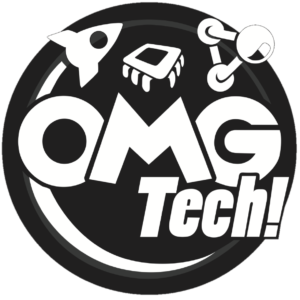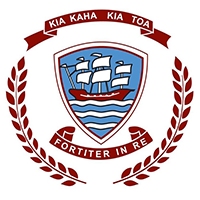FUTURE OF LEARNING
SHOWCASE OF FUTURES-LED THINKING IN EDUCATION
Learner Agency
TĀMAKI COLLEGE
At Tāmaki College, learner agency starts with empowering ākonga to feel confident in themselves and proud of who they are. Since 33% of the school’s ākonga self-identify as Māori and a further 62% as Pasifika, a major goal for the school is to celebrate culture so that ākonga can not only be their true selves at school but gain a sense of pride and motivation from doing so.
There is a whole-school effort to increase the frequency and visibility of bicultural learning experiences – a major example of this is that te reo Māori is a compulsory subject across year 9 and year 10. The school marae, Te Poho o Tāmaki, is an active space that remains open even in the summer while the school is closed, with sporting activities and craft sessions running and kai (food) provided. New ākonga and their whānau are welcomed each year with pōwhiri at Te Poho o Tāmaki, and ākonga can opt into a kaupapa Māori tutor class called Te Whānau Miro. Pasifika culture is also strongly visible throughout the school, exemplified by events such as the Tu’u Malohi showcase of ākonga achievement and Talanoa Ako, a weekly opportunity for Pasifika parents to connect with each other and with Tāmaki College staff.
Within this culturally supportive environment, ākonga are empowered to become agentic through hybrid learning. This happens primarily via Hāpara, an online platform designed by Manaiakalani schools in 2010-2011 which is now used by schools around the world. Hāpara brings together Google Classroom, Google Suite, and other online learning platforms to give ākonga one streamlined dashboard with all of their assignments and feedback. Kaiako use this dashboard to share feedback and feed-forward on live, in-process mahi (work). This gives ākonga opportunities to make decisions about their learning and plan what to do next. The dashboard also shows each ākonga upcoming tasks and assignments for all of their classes, in order of due date. This clear overview allows them to prioritise more easily and decide what to focus on first.
The student dashboard page setup on Hāpara
This can be accessed from school or from home thanks to supports that Tāmaki College puts in place to make devices affordable and internet accessible for ākonga and their whānau, such as free internet for the surrounding neighbourhood. Ākonga are so confident navigating and prioritising their online mahi that Vice Principal Russel Dunn describes the transition to lockdown in 2020 – a messy time for many schools, to say the least – as very smooth. He explains that the ākonga already has a high level of agency, knew where to find their mahi online and knew how to decide what to work on next, thanks to the Hāpara dashboard. “All we had to add,” he says, “was Google Meets to check in.” This makes Tāmaki College an exemplary model of what Derek Wenmoth calls “effective use of digital tools and environments.” Tāmaki College’s online environment “is the common ‘reference point’ for information and learning content for teachers and learners whether at home or at school.” This made Tāmaki College one of the schools that Wenmoth describes as being “at a significant advantage” during lockdowns because “there was already a high level of digital literacy among staff and students, and … access to devices, tools and platforms connecting learning at school and home.” Considering that Tāmaki College was categorised as decile 1 in the now-obsolete decile system, meaning that it is among the 10% of schools with the highest proportion of students from low socio-economic communities, this is major. The Education Review Office’s report Learning in a Covid-19 World: The Impact of Covid-19 on Schools states, “a key finding from our work is that low decile schools (students from low socio-economic communities) were facing more challenges than mid or high decile schools.” Tāmaki College broke this pattern with great success.
In addition to all this, Tāmaki College makes it a priority to give ākonga options about their learning pathways, running a subjects and pathways expo each year and promoting hands-on opportunities with Gateway and trades courses. There is strong uptake from ākonga on these, with 50 percent of year 12 ākonga involved in a self-chosen vocational learning opportunity.




